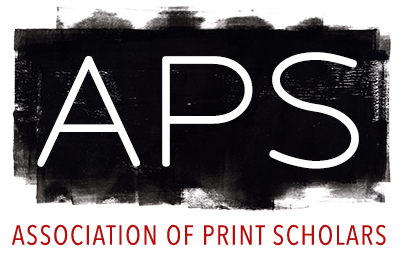CFP: Copying Prints in the Early Modern Period: Production, Use, and Semantic Approach (APS-Sponsored Session at the RSA Annual Conference, Philadelphia, 2-4 Apr 2020)
This panel seeks to contextualize the framework for the production and use of the printed copy in the early modern period. To shed light on the questions above, we welcome specific methodological examples on the studies of printed copies. How can archival material help understand the daily practices and use of the copy? What type of sources can be mobilized to study the phenomenon? Can specific contemporary collections give insight into the reception of copies? How was copying perceived by printmakers and their audience? Is the word ‘copy’ relevant to describe this phenomenon, or should a new linguistic model be used?
Short proposals (150 words maximum) and a CV should be sent to Blanche Llaurens (blanche.llaurens@gmail.com) and Soersha Dyon (soersha.dyon@gmail.com) by August 12, 2019.
Please note: Speakers must become RSA members by November 1st to speak at the conference.
Please visit the 'External Link' below for more information.

Leave a Reply
You must be logged in to post a comment.